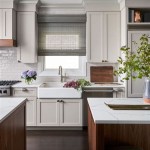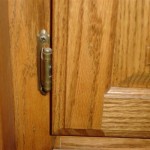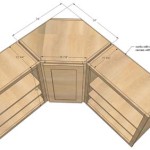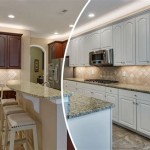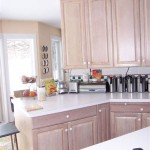Essential Aspects of Kitchen Cabinet Bottom Trim
Kitchen cabinet bottom trim serves several important purposes. It conceals the gap between the cabinet and the floor, preventing dirt and debris from accumulating. It also protects the bottom of the cabinet from moisture and potential damage. Additionally, it adds a decorative touch that enhances the overall aesthetics of the kitchen.
Materials and Styles
Cabinet bottom trim comes in various materials and styles to complement different design schemes. Some common materials include wood, PVC, and metal. Wood trim provides a classic and timeless look, while PVC is more affordable and durable. Metal trim adds a modern and industrial touch to the kitchen.
Shape and size are additional factors to consider. Trim can be flat, curved, or molded. Wide trim can create a bolder statement, while narrower trim offers a more subtle accent.
Installation Considerations
Installing cabinet bottom trim requires careful preparation and precision. Here are some essential considerations:
- Measure accurately: Measure the cabinet height and the distance from the cabinet bottom to the floor to ensure a precise fit.
- Cut to size: Cut the trim to the measured length using a miter saw or miter box.
- Attach: Secure the trim to the cabinet using adhesive or nails. Ensure it is level and properly aligned.
- Caulk or fill gaps: Fill any gaps between the trim and the cabinet or floor using caulk or wood filler for a seamless and professional finish.
Benefits of Bottom Trim
Incorporating bottom trim into your kitchen cabinets offers several benefits:
- Improved aesthetics: Bottom trim enhances the overall look of the kitchen by providing a polished and finished touch.
- Increased durability: It protects the cabinet base from moisture and wear, extending its lifespan.
- Easier cleaning: Bottom trim prevents dirt and debris from accumulating under the cabinet, simplifying cleaning.
- Concealed wiring: It can be used to conceal electrical cords or plumbing lines, creating a more organized and functional kitchen.
Conclusion
Cabinet bottom trim plays a crucial role in the functionality, aesthetics, and longevity of kitchen cabinets. By carefully selecting the material, style, and installation method, you can transform your kitchen into a stylish and practical space. Remember to consider the overall design scheme and the specific requirements of your kitchen to achieve the best results.

Easy And Inexpensive Cabinet Updates The 15 Minute Fix Adding Trim To Bottom Of Cabinets Rozy Home Kitchen Update

10 Types Of Kitchen Cabinet Molding For Your Home

Moldings Finish And Trim With Gary Striegler Part 14

7 Types Of Cabinet Moldings And How To Use Them Properly

Diy Kitchen Update Cabinet Trim Tutorial Domestic

Adding Molding To Cabinets Make Them Look Built In Young House Love

10 Simple Ideas To Update Your Kitchen Cabinets Jenna Sue Design

Diy Cabinet End Panels With Shaker Style Trim Average But Inspired

Easy And Inexpensive Cabinet Updates The 15 Minute Fix Adding Trim To Bottom Of Cabinets Rozy Home

Adding Molding To Cabinets Make Them Look Built In Young House Love
Related Posts

